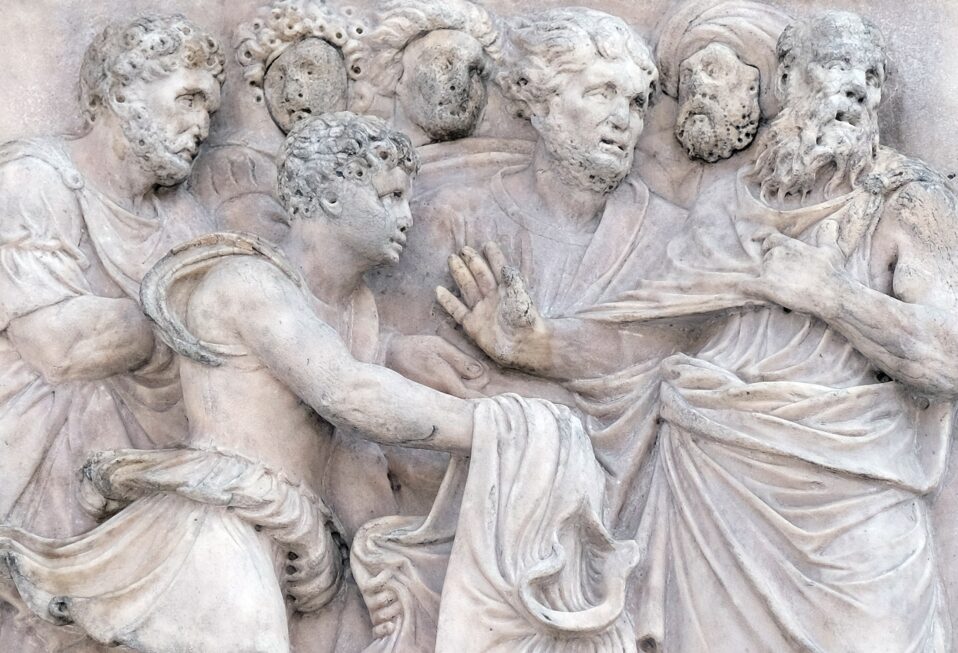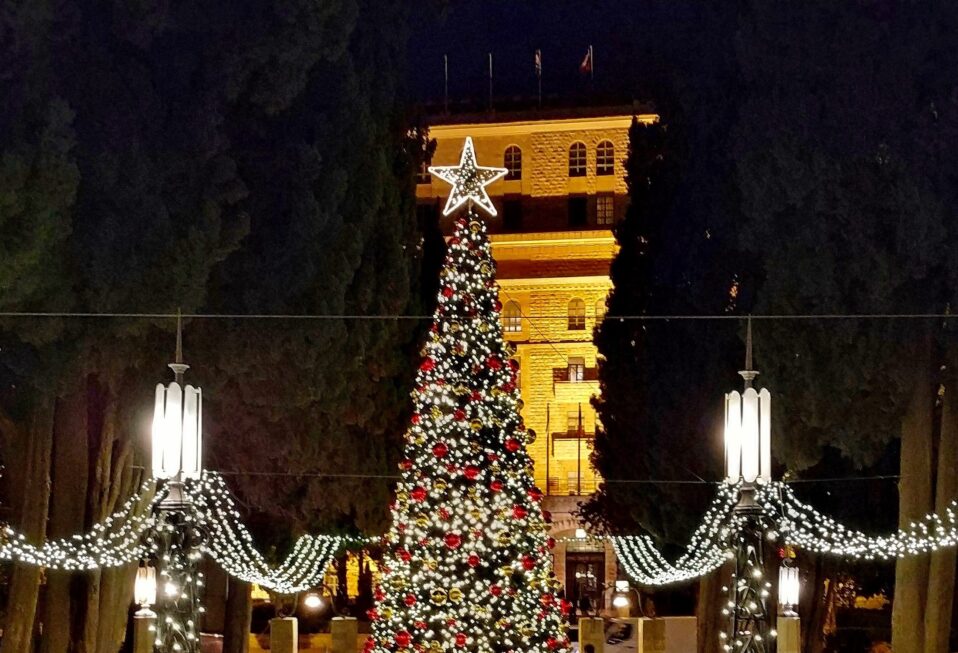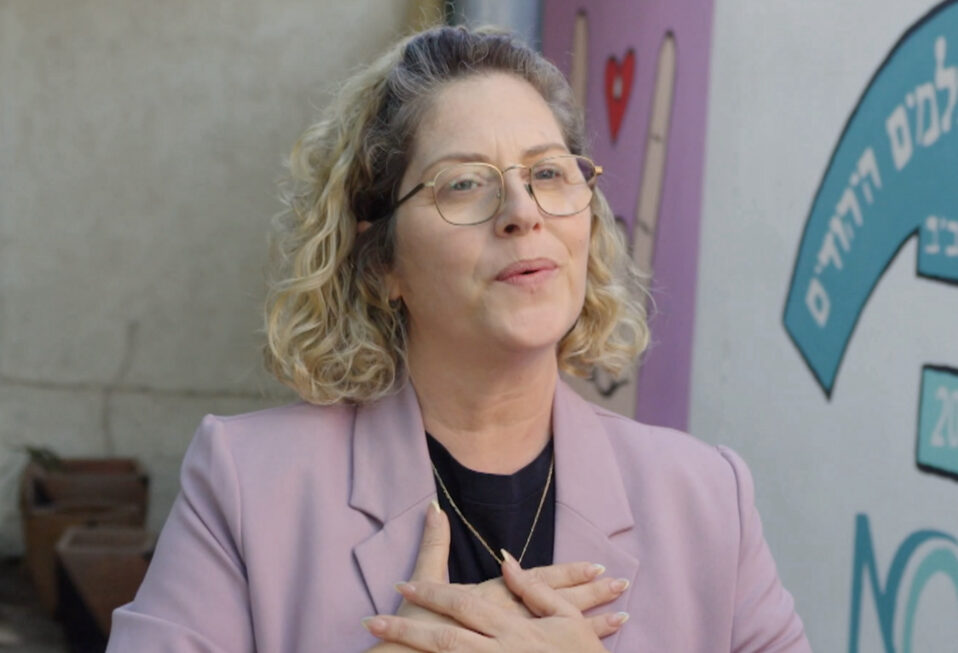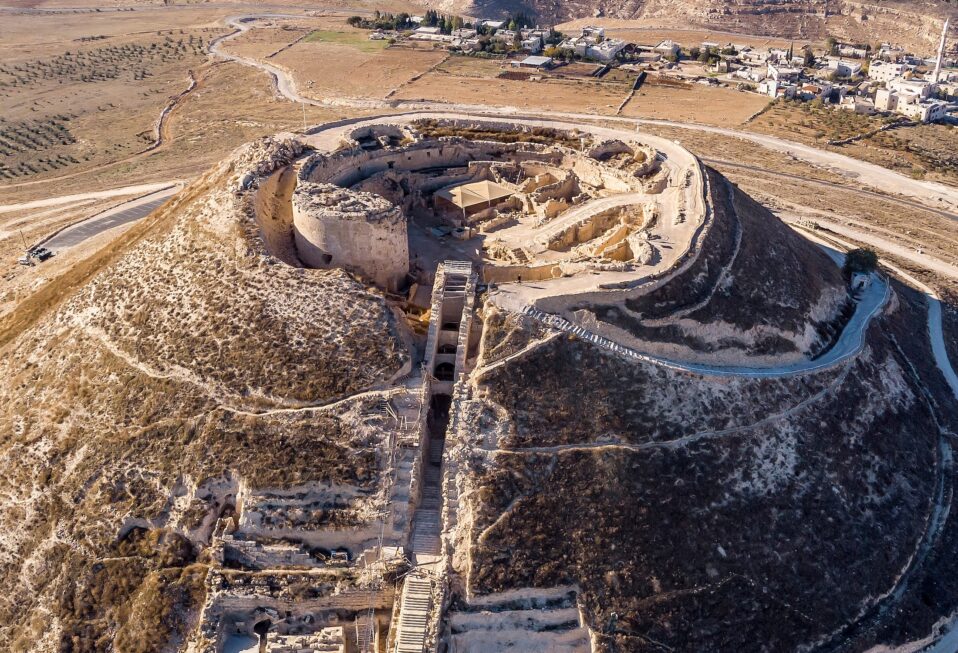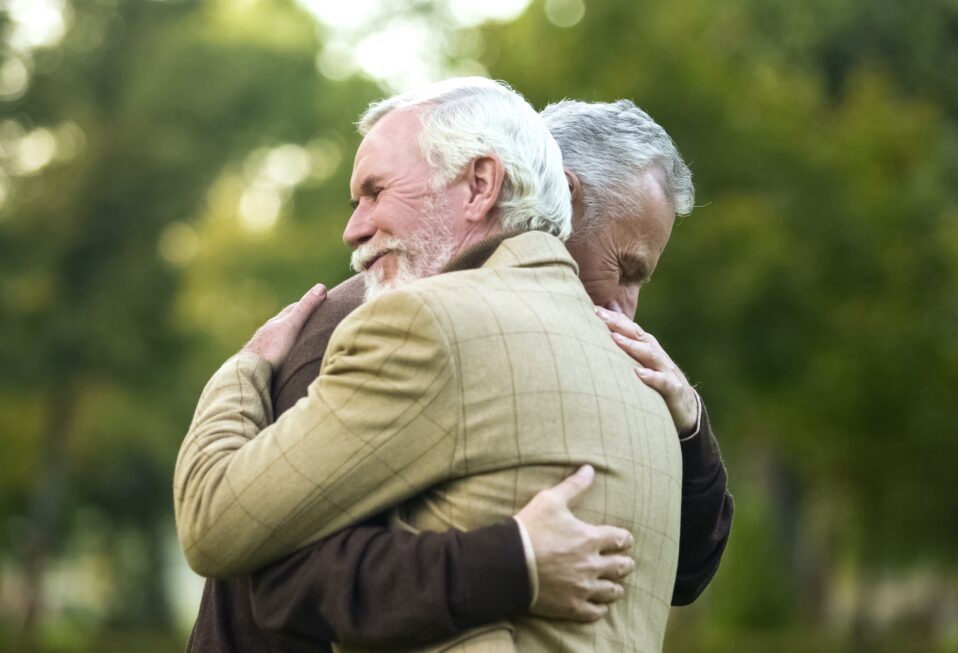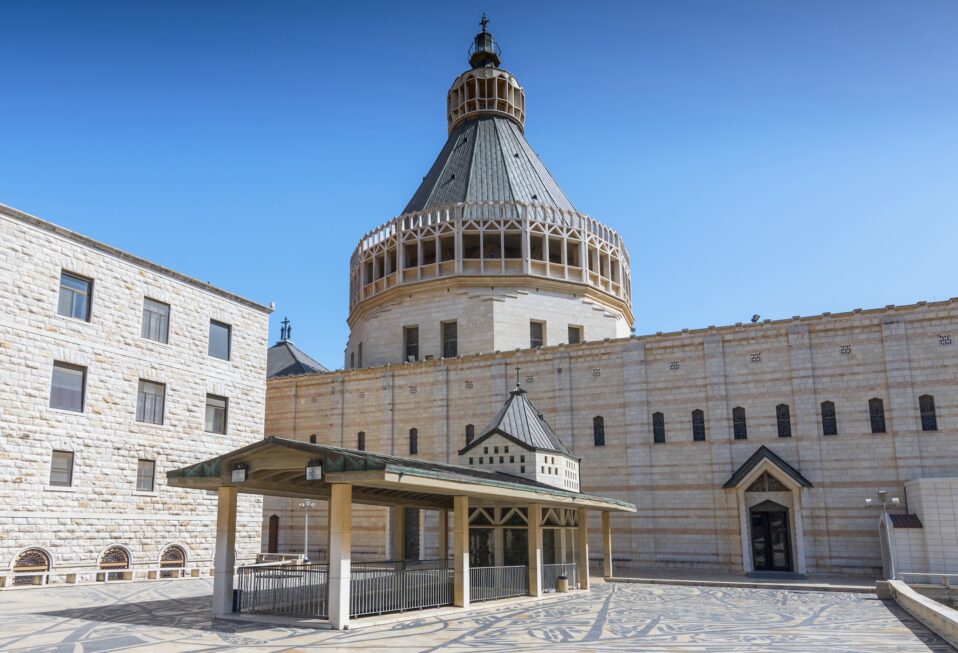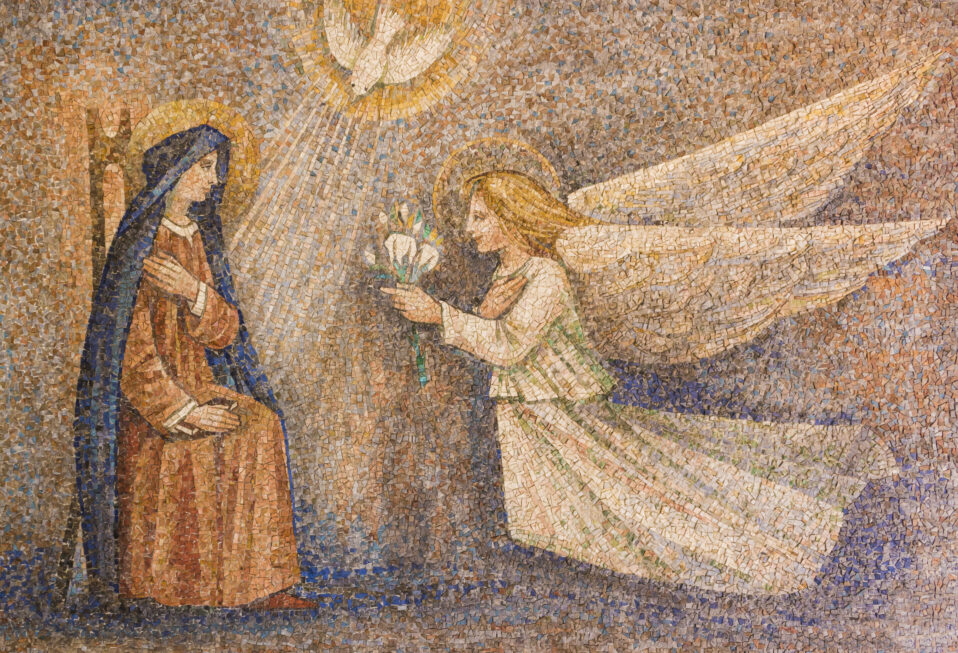By Arlene Bridges Samuels
It is no surprise that the Bible remains the world’s top best seller. With Christmas approaching, this is an ideal time to reflect on how we know about Jesus and His birth.
God designed His redemptive plan through forty Jewish scribes from many backgrounds, personalities, and professions. Over a span of fifteen hundred years, they recorded His words in Greek, Aramaic, and Hebrew, on three continents, and across hundreds of subjects. In ancient times these scribes could not collaborate with one another, yet God directly inspired them to write His truth in both the Old and New Testaments.
In From God to Us: How We Got Our Bible, the authors write, “The Bible possesses an amazing unity of theme—Jesus Christ. One problem—sin—and One solution—the Savior—unify its pages from Genesis to Revelation.” The Bible’s supernatural harmony fills our lives with purpose, peace, and hope.
Almost six centuries have passed since Gutenberg invented the printing press in 1440. During that time an estimated five to six billion Bibles have been printed, making it the most published book in human history. Although our world is filled with deception and despair, the hunger for the Bible’s truth continues to grow.
Bible sales have increased dramatically since 2024. According to Circana, a company that tracks book sales, the Bible boom reached 2.4 million copies sold in September 2025 alone. Circana attributes much of this rise to Charlie Kirk’s influence among young conservatives and beyond. More than eighteen million Bibles have been sold so far this year.
Interest in the Bible accelerated after the 2023 Asbury College revival. Across many states, both organized and spontaneous worship gatherings continue to emerge, especially among college students. Stadiums are filled with people of all ages praying, worshiping, and studying Scripture. Social media is filled with testimonies, baptisms, and Bible studies.
The Bible is also experiencing renewed interest in modern Israel. A quiet spiritual awakening is taking place as Israelis search for meaning during a time of national crisis. Many are turning to Scripture to rediscover their Jewish roots and to understand the times they are living in.
The Rosenberg Report recently featured Victor Kalisher, director of the Israel Bible Society, who spoke about a remarkable development in Israel’s biblical engagement. He explained that the Hebrew Bible was written in a 2,700-year-old form of Hebrew, which can be difficult for modern readers. To help Israelis understand the Scriptures more clearly, the Society is completing a modern Hebrew translation of the entire Old Testament. For English speakers, it would be similar to reading a modern translation rather than the King James Version of 1611.
Kalisher also reported that Israeli Jews are reading the New Testament in modern Hebrew translated from Greek. He called this a “national breakthrough.” Readers have responded with enthusiasm, saying, “We never understood the Bible before.” He noted that “reading the modern translation allows the Word of God to truly touch their hearts.” Tens of thousands of Israelis have expressed gratitude for this project.
In 1959, the Bible Society printed the first complete Hebrew Bible in Israel. Prime Minister David Ben-Gurion celebrated the milestone, declaring, “We can now print the Bible in the Land of the Bible.” The Society continues this legacy today with new tools such as the first Hebrew cross-reference Bible. “It is a parallel Bible that contains 90,000 cross references showing how the Old and New Testaments are one Word of God,” Kalisher said. These projects stand as powerful evidence of God’s continuing work through His Word.
The word “covenant” provides a perfect example of this connection. It appears 282 times in the Old Testament and 34 times in the New, symbolizing God’s enduring promise to His people. From Genesis to Revelation, Scripture tells one unified story of redemption.
Yet the Bible’s power only changes lives when it is read. Kathleen Cooke, international speaker and founder of The Influence Lab, has written a devotional titled Hope 4 Today: Stay Connected to God in a Distracted Culture. Her book speaks directly to the fast pace of modern life, especially during the busy Christmas season.
Cooke cites studies showing that “too busy” is the number one reason people fail to read the Bible, followed closely by “too distracted.” Most Americans own at least four Bibles but rarely open them. Her devotional draws on research from The Center for Bible Engagement, which surveyed 100,000 Christians over eight years. The results show that believers who read the Bible at least four times a week experience measurable changes in their attitudes and behavior. Those who read less than four times a week show little difference from nonbelievers.
Hope 4 Today offers short, practical devotionals that help readers stay consistent in Scripture. Cooke encourages readers to see Bible reading not as a task, but as an opportunity to deepen their relationship with the Creator who speaks through His Word.
As the world prepares to celebrate Christmas, believers have every reason to rejoice. God inspired Jewish scribes to give us the Bible. Revival is stirring hearts in Israel and around the world. The birth of Jesus remains the ultimate expression of divine love. Yet this is also a moment for renewed commitment. In a world filled with division and moral confusion, the Bible must be more than a symbol on a shelf. It must be our lifeline.
Both Israel and the United States will hold national elections next year, and the world’s instability continues to grow. Now is the time for believers to root themselves more deeply in Scripture so that their faith remains unshaken in the storms ahead.
CBN Israel invites readers to join in prayer this week, reflecting on 2 Timothy 3:16: “All Scripture is God-breathed and is useful for teaching, rebuking, correcting, and training in righteousness.”
Prayer Points:
- Pray for the ongoing work of the Israel Bible Society as it spreads God’s Word throughout the Holy Land.
- Pray that Israelis will find peace, purpose, and truth through the modern Hebrew translations of the Scriptures.
- Pray for the continued healing of former hostages who endured captivity in darkness.
- Pray with gratitude for the sustaining power of Jewish faith and the psalms that helped hostages survive.


